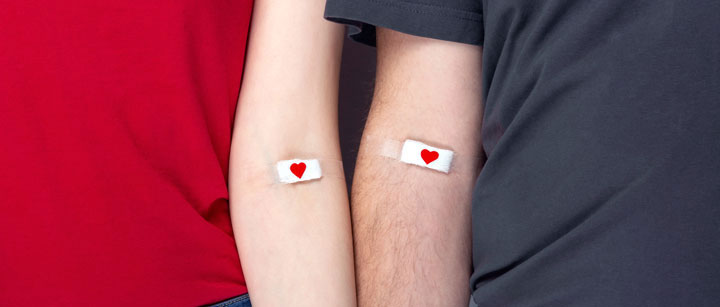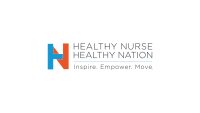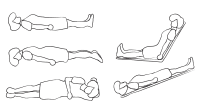Make a personal commitment to support blood donation in your community.
Nurses first learn about the value of blood and the mandate for maintenance of that important gift of life during their anatomy and physiology and nursing coursework. That appreciation is reinforced in diverse clinical settings and even nurses’ personal lives. Did you know that just asking a question about blood types exemplifies the complexity associated with blood? Consider viewing the extensive and informative educational content about blood types posted by the American Red Cross.
When an individual’s health status changes and the prescribed therapies include transfusion of blood products, that physiological resource may not be immediately available, a potentially fatal occurrence. Every 2 seconds, someone in the United States needs blood or platelets. Of the nearly 21 million blood components transfused each year, approximately 36,000 units of red blood cells, 7,000 units of platelets, and 10,000 units of plasma are needed each day. According to the American Red Cross, 3% to 10% of age-eligible people donate yearly, providing over 13.5 million units of whole blood and red blood cells each year in the United States. The short shelf-life of blood requires that donated red blood cells be used within 42 days and platelets within 5 days.
With less than 38% of the population eligible to give blood or platelets, variations (such as during holidays and school vacations, pandemic lockdowns, and influenza outbreaks) in the number of donors can be devastating. How can we meet the ever-present demands for approximately 3 units per average blood cell transfusion, the 100 units of blood for a single car accident victim, the lifelong regularly needed transfusions for a person with sickle cell disease, or the requisite blood products for an oncology patient? See more details here.
Give the gift of life! Make a personal commitment to donate blood at least twice a year. Better yet, step up to the plate every 2 months to share a uniquely personal item that cannot yet be manufactured. This donation is an especially meaningful way to “pay it forward” if you, a family member, or other loved one has received blood products. Remember, one donation can potentially save up to three lives.
Recent immunizations should not prevent individuals from donating, but it’s helpful to provide the manufacturer’s name for any COVID-19 vaccines you have received. Those who have recovered from COVID-19 are eligible to donate if they don’t have any symptoms.
Depending on individual state parameters, people can begin donating at age 16, and advanced age doesn’t preclude donation. If you’re healthy, you can donate. Height and weight rules apply, but they are such that most people need not be concerned about these factors, which are reviewed as part of the assessment intake conducted at the donor’s appointment. The assessment also includes health history, blood pressure, temperature, pulse, and medications.
If you elect not to donate blood or have been personally deferred from donating, consider helping your employer or a community entity host a remote blood donation event. Your actions will improve the number of available blood products, provide a sense of personal satisfaction, establish a valuable community tradition, and absolutely give the gift of life. Take the challenge of stepping forward to action.
Carol J. Bickford is the senior policy advisor in the Nursing Practice and Work Environment Department at ANA.


















